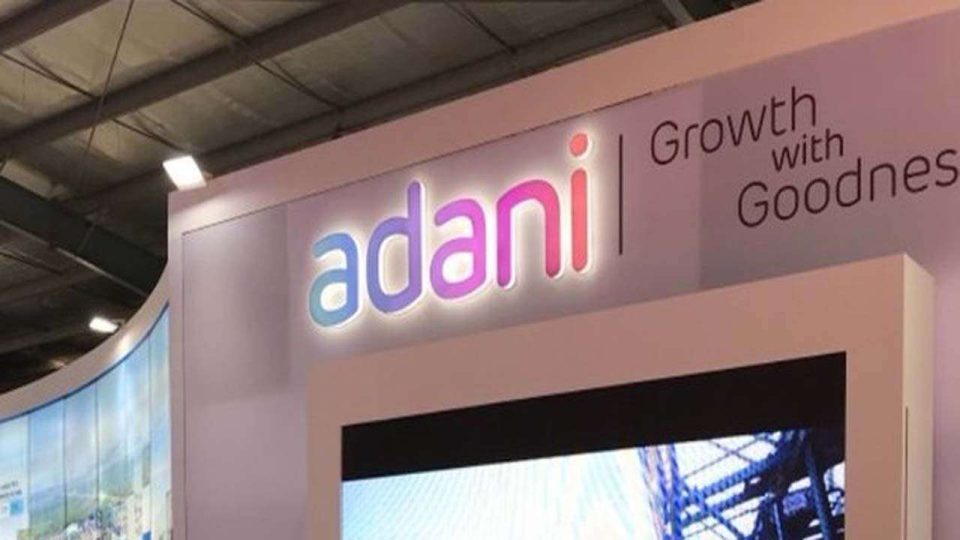Gautam Adani‘s company shares have soared, helping him become the world’s second-richest person. The bond market is not so enthusiastic.
Shares of companies in his Indian business empire – from ports to gas distribution and coal mining- rose partly because of soaring energy prices. Adani Ports and Special Economic Zone Ltd is up 29% in 2022 and hit an all-time high this week, while shares in some of his other companies have surged more than 1,000% in the past two years.
But in debt markets, Adani Ports’ dollar bonds fell more than their Indian counterparts on concerns over the group’s debt, with its notes due in August 2027 hitting a record low this week, prices compiled by Bloomberg show. Bonds of group companies, including Adani Green Energy Ltd and Adani Transmission Step-One Ltd, mostly underperformed in the broader Indian market.
Different moves suggest that high debt poses a risk to the success of Adani, whose net worth has soared to second only to Elon Musk, as measured by the Bloomberg Billionaires Index.
The group’s rapid expansion into renewable energy and media sectors has left it with leverage that Fitch Group unit CreditSites described as high and “a matter of concern”.
The group has played down concerns about high debt levels in the past, saying its credit metrics have improved over the past few years, and it has received equity infusions from global investors.
Adani Ports’ seven dollar-denominated notes are down about 14% on average this year, while Adani Transmission Step-One’s 2036 notes and Adani Electricity Mumbai’s 2030 securities are down more than 17% each. This outpaced an overall 10% drop in India’s dollar debt and a 13% drop in Asia ex-Japan dollar bills as rising US borrowing costs weighed on the region’s dollar debt.
Not all Adani bonds have underperformed, even if they have lost money. For example, Adani Green Energy’s 2024 notes fell 9%, while Adani Ports securities due in the same year fell 4.4%.
A string of recent investments by Adani includes a planned injection of Rs 200 billion ($2.5 billion) into a cement company he bought to bolster its infrastructure empire and a $70 billion bet on green energy.
CreditSights analysts wrote this month that Adani’s investment plan offers a “visible path to increasing debt” but “less transparency on EBITDA growth,” especially further down the line.
Adani Group disputed CreditSights’ assessment, saying it has improved debt metrics over the past decade and that the leverage ratio of its portfolio companies is now healthy and in line with their respective industries.
According to a statement from the group, Adani Ports’ total debt stood at Rs 4,564 crore as of end-March. According to data compiled by Bloomberg, that would be the highest level in at least a decade.
CreditSights analysts wrote in a report that if the company’s potential future large acquisitions are mainly financed by debt, it could hurt its credit profile, and its pro forma net debt-to-EBITDA leverage ratio could deteriorate to more than four times currently.
For equity investors, Adani’s growth prospects are key. In a monthly report, Citigroup analysts pointed to Adani Ports’ growing dominance of the Indian port industry with strong operating results. According to data compiled by Bloomberg, bullish Adani Ports shares trade at 25 times its one-year forward earnings, making it one of the most highly valued port stocks in Asia.
 Live
Live

